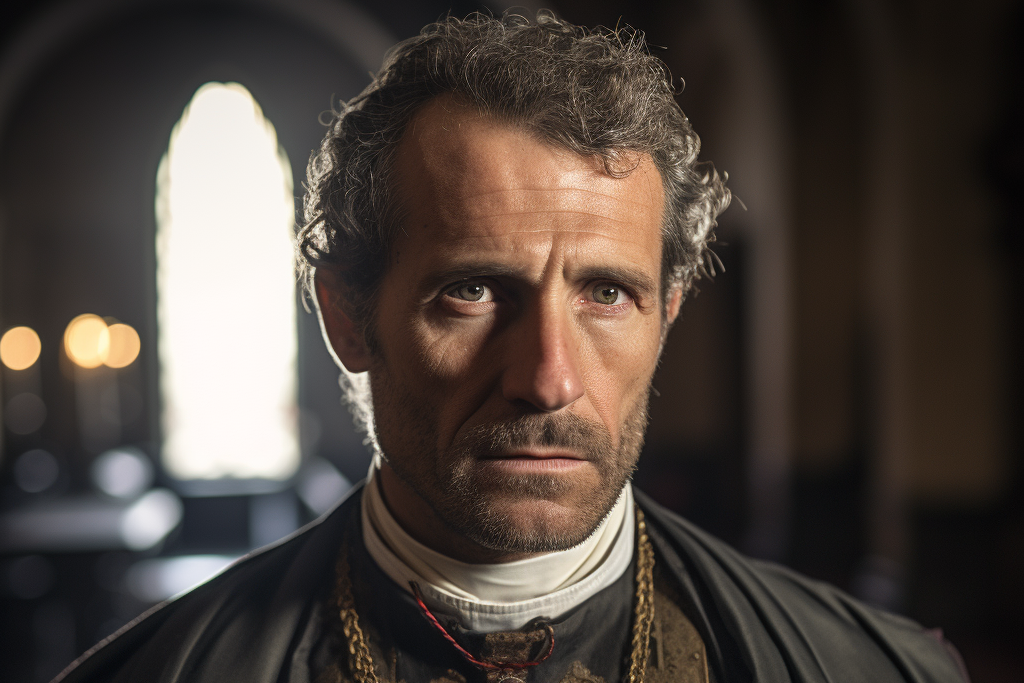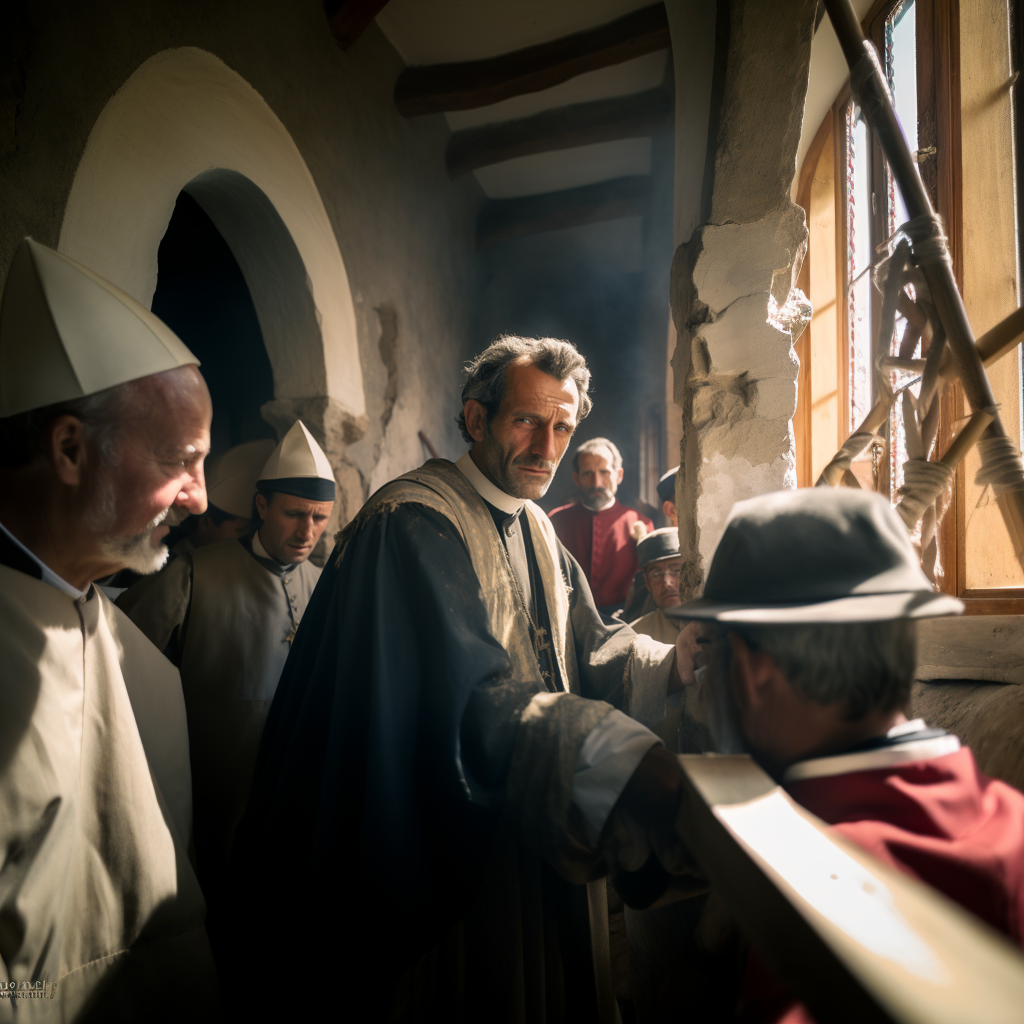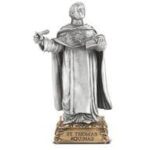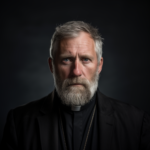
St. Roger
St. Roger
Editors note: There is very little known about St. Roger. Creative license has been taken to fill in some details on his life.
Introduction
In a quiet corner of southern Italy, along the windswept shores of the Adriatic Sea, lies the ancient village of Cannae. Though now but a sleepy hamlet, its storied history reaches back through the mists of time to the days when Hannibal defeated the legions of Rome on the bloody banks of the Aufidus River. And in this unassuming place, over nine centuries past, lived a man whose faith and benevolence would echo through the ages.
Early Life
Roger of Cannae was born in the 11th century, in the year 1060 AD, during a turbulent time when Norman adventurers carved out new kingdoms from the scattered remnants of the old Roman empire. As a boy, Roger would have gazed up at the imposing castle built atop Monte di Spirito Santo, keeping watch over the village below. He would have heard tales of the great battle between Carthage and Rome, of bold warriors clashing shield against shield, tales now faded into legend.
But while most boys his age aspired to be knights and men-at-arms, young Roger felt a different calling. In the quiet solitude of the village chapel, he sought a life of contemplation and service to God. As a young man, he joined the local monastery, finding meaning in study and prayer. Patient and dutiful, Roger distinguished himself with his devotion to the scriptures and his kindness towards all living things. Many were the times his brothers would find him in the vegetable garden, a dove perched gently on his shoulder as he went about his chores.
Rise to Bishop
In time, word of Roger’s patience and wisdom spread beyond the cloistered walls of the monastery. When the bishopric of Cannae fell vacant, the people called for the monk Roger to take up the mantle of leadership. Though hesitant at first, Roger accepted the call, becoming bishop of the small but spiritually vibrant community.
Turmoil and Rebuilding
The 11th century was a time of tumult and change, as Norman and Italian leaders vied for power and influence. In 1083, Cannae itself was attacked and burned during the conquests of Robert Guiscard. Many priceless relics and artifacts were lost in the ensuing chaos. But Roger rallied his flock, providing solace and succor as they rebuilt their homes and chapels.
Where some saw only destruction, Roger saw an opportunity to create an even more welcoming and compassionate community. He opened his home to travelers seeking rest and refreshed the spirits of the downtrodden. The old bishop’s house became a living testament to Christian charity.

A Life of Service
Roger saw that true power lay not in earthly splendor and riches but in service to one’s fellow man. He tended diligently to the needs of his people, securing food for the hungry and shelter for the poor. Yet he himself lived humbly, praying each night on a simple straw mat.
As bishop, Roger was often called upon to help resolve conflicts between warring families or quarreling clergy. With patient wisdom and empathy, he was able to soothe angered hearts and find compromise where none seemed possible.
During morning Mass, when bright sunbeams streamed through the stained glass windows, the sweet choral singing seemed to give voice to the divine presence Roger so humbly embodied. In the dark of night, families huddled safely in their homes would see the lone candle burning in Roger’s spartan quarters as he worked tirelessly to guide his community.
Legacy
Over decades of service, Roger became a venerated figure, known for his charity, wisdom, and devotion. As old age crept in, the former monk continued his work, sustained by an abiding faith. When at last he felt Death’s hand on his shoulder, Roger surrendered himself, like the setting sun slipping below the sea. His earthly labors ended on December 30, 1129.
Though Roger desired no monuments or memorials, the people of Cannae could not let his memory fade. In 1276, his remains were moved to the city of Barletta, where a great shrine was erected so that future generations might draw inspiration from his life.
In Cannae today, though centuries have swept past, something of Roger’s spirit endures. A quiet strength seems to emanate from the weathered stones of the village chapel. The candlelight glow of the stained glass fills the air with unspoken mysteries. And if you listen closely on still nights, you can almost hear whispered voices through the olive groves, as if carried on the winds of time.
The Eagle of Cannae, as he came to be known, has flown back to the heavens. But his earthly example, encapsulated in small acts of kindness, remains an eternal testament to the power of faith and compassion. For in Roger’s eyes, all people were equal under the sight of God. By serving the needs of his fellow man, Roger achieved a humble immortality – his legacy woven into the very fabric of humanity.



